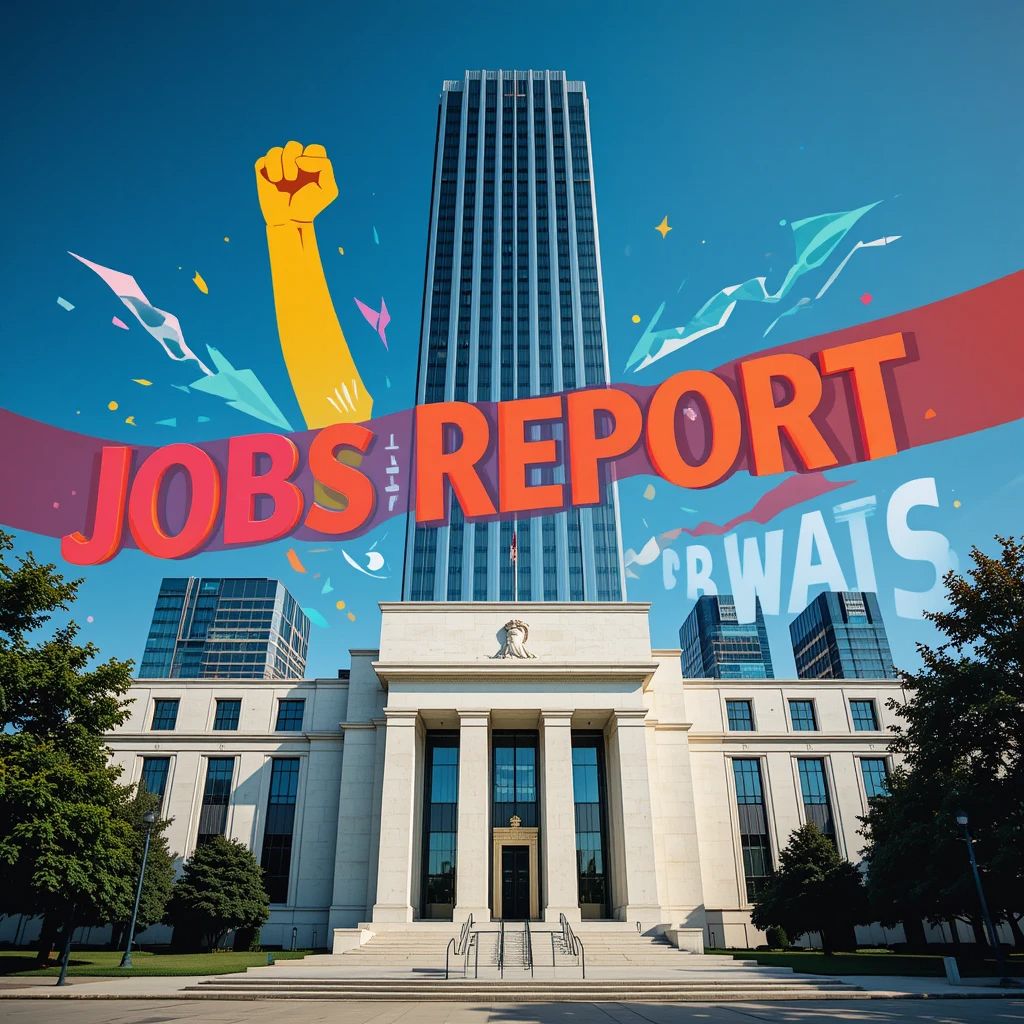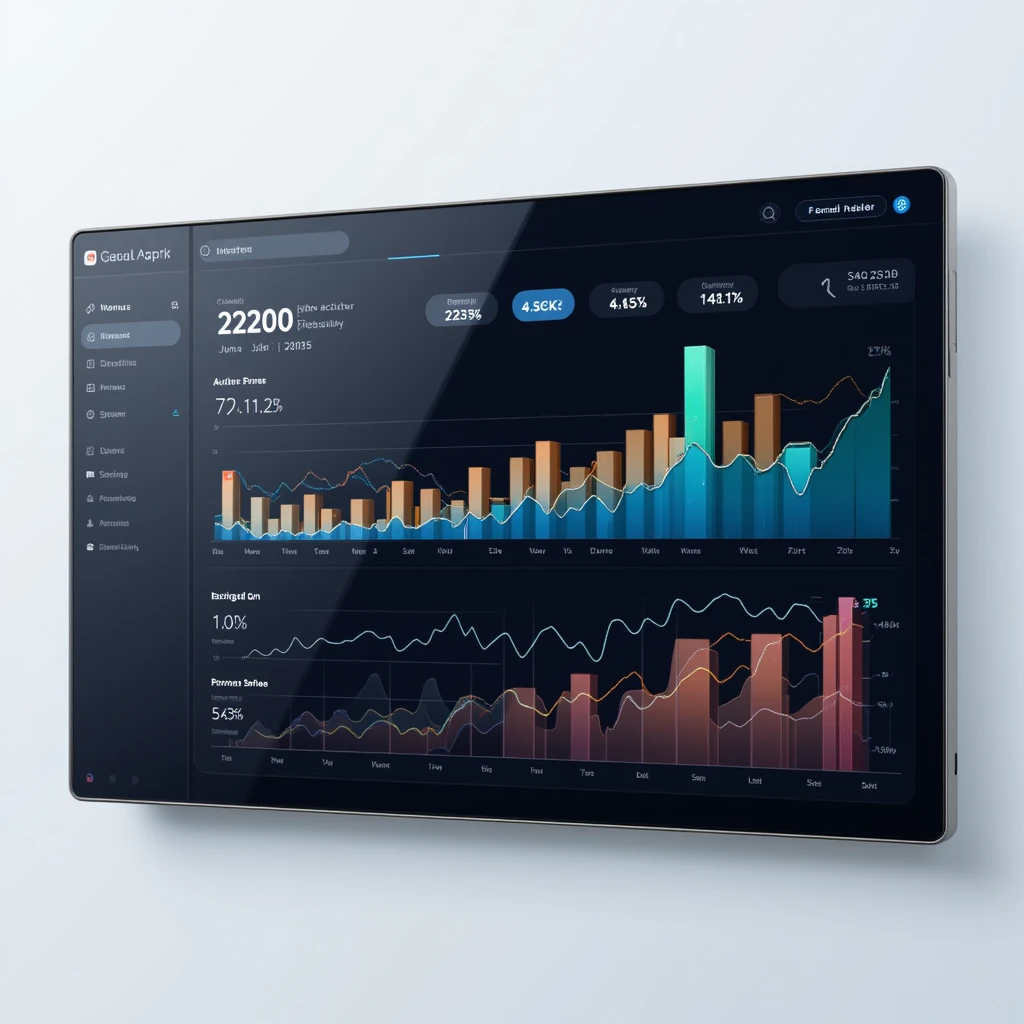June Jobs Report 2025: Key Takeaways, Economic Impact, and Market Reaction
Introduction: Why the June Jobs Report Matters
The June Jobs Report 2025 has just been released by the U.S. Bureau of Labor Statistics (BLS), and it paints a complex picture of the American labor market. As the country continues to battle inflationary pressures, AI-driven disruptions, and global uncertainties, the latest employment report provides crucial insights into the health of the U.S. economy.
With over 220,000 jobs added and the unemployment rate ticking slightly up to 4.1%, analysts, investors, and policymakers are dissecting every data point. But what does this mean for workers, businesses, and interest rates?
Overview: June Jobs Report Highlights
| Key Metric | June 2025 Data | May 2025 (Revised) |
|---|---|---|
| Non-farm payroll jobs added | +220,000 | +185,000 |
| Unemployment rate | 4.1% | 4.0% |
| Labor force participation rate | 62.8% | 62.6% |
| Average hourly wage increase | +0.3% MoM | +0.2% MoM |
| Annual wage growth | 4.3% YoY | 4.1% YoY |
Sector-by-Sector Breakdown

1. Professional and Business Services
-
+47,000 jobs added
-
Strong hiring in tech support, data services, and consultancy.
-
AI implementation is creating hybrid roles rather than reducing headcount.
2. Healthcare and Social Assistance
-
+42,000 jobs added
-
Aging population and post-pandemic recovery driving demand.
3. Retail Trade
-
+28,000 jobs
-
Seasonal hiring and strong consumer spending helped.
4. Construction
-
+22,000 jobs
-
Continued housing boom and infrastructure projects push growth.
5. Manufacturing
-
+8,000 jobs
-
Slower gains due to global supply chain friction and automation.
Sectors with Job Losses:
-
Transportation & Warehousing: -5,000 jobs (decline in e-commerce shipping volume)
-
Information Sector: -7,000 jobs (tech layoffs and restructuring)
Unemployment Rate: A Mixed Signal?

The June unemployment rate of 4.1% may seem modest, but it has triggered debate. While still historically low, this uptick from May reflects:
-
More people entering the workforce (good sign)
-
Layoffs in specific sectors like tech
-
College graduates seeking first-time employment
Breakdown by Demographics:
| Group | Unemployment Rate |
|---|---|
| White workers | 3.5% |
| Black workers | 6.5% |
| Hispanic workers | 4.8% |
| Teenagers (16–19) | 12.7% |
| Women (20+) | 4.0% |
Wage Growth and Worker Earnings
Wage growth remains steady, with a 0.3% increase month-over-month and a 4.3% increase year-over-year.
High wage growth seen in:
-
Information technology: 6.2% YoY
-
Healthcare: 5.1% YoY
-
Skilled trades (electricians, HVAC): 5.8% YoY
However, real wage growth adjusted for inflation is only ~1.2%, meaning workers still feel the squeeze from cost of living increases.
Expert Opinions on the June Jobs Report
Federal Reserve Officials
“The June jobs report indicates labor market strength but also cooling momentum,” said Fed Chair Jerome Powell.
“We’ll evaluate this data when determining future rate moves.”
Market Analysts
“This report is goldilocks—strong enough to prevent recession panic, but soft enough to keep the Fed cautious,” – Morgan Stanley economist
Hiring Managers
“We’re hiring slowly and carefully. The talent pool is deeper now, especially with remote work,” said Sarah Lin, HR Director at a mid-sized fintech firm.
Federal Reserve and Interest Rates
What This Jobs Report Means for Interest Rates:
The Fed’s next decision on interest rates will heavily weigh on this June employment report. With steady job creation and slight uptick in unemployment, economists expect:
-
No rate hike in July
-
Possible rate cut by Q4 2025 if inflation continues to cool
Stock Market and Crypto Reaction

Markets responded positively to the June jobs report:
| Index | Change Post-Report |
|---|---|
| S&P 500 | +1.2% |
| NASDAQ | +1.5% |
| Bitcoin (BTC) | +3.4% |
| Ethereum (ETH) | +2.7% |
Investors are betting on a soft landing scenario, where inflation cools without triggering massive unemployment.
Global Economic Impact
Other countries watch the U.S. jobs report closely, as it impacts global trade, dollar strength, and commodity prices.
-
EU Markets rose slightly on hopes of US economic stability
-
Asian Markets followed suit, with Nikkei gaining 0.8%
-
Oil Prices climbed to $86/barrel on higher industrial activity
AI and Automation in the Labor Market
Despite fears, AI hasn’t killed jobs, but rather reshaped them.
-
New hybrid roles: AI + human interaction (ex: AI compliance analyst)
-
Companies hiring more prompt engineers, data trainers, and AI safety testers
-
Fewer jobs in repetitive back-office roles, but increased demand in creative, critical-thinking domains
“We’re not replacing workers — we’re augmenting them,” said a Google HR executive.
Small Businesses and Job Creation
Small businesses, which account for nearly 44% of US jobs, added over 68,000 new positions in June.
Top growing small biz sectors:
-
Digital marketing agencies
-
Online tutoring and ed-tech
-
Eco-friendly product startups
-
Mobile app development firms
Challenges Ahead
Despite positive signals, there are risks:
-
Consumer debt is at an all-time high ($18.6T)
-
Housing costs are pressuring lower-income families
-
AI displacement fears could suppress job seeker confidence
-
Geopolitical tensions may affect trade-related employment
Future Outlook for Jobs in 2025
Optimistic Scenarios:
-
Fed achieves soft landing
-
AI creates more jobs than it displaces
-
Inflation continues to decline
Pessimistic Scenarios:
-
AI-driven layoffs accelerate
-
Interest rates stay higher for longer
-
Geopolitical tensions reduce global hiring
Summary: Key Takeaways from June Jobs Report 2025
-
220,000 jobs added, beating expectations
-
Unemployment at 4.1%, slightly higher but not alarming
-
Wages growing steadily, though not outpacing inflation
-
Markets optimistic, Fed likely to hold rates steady
-
AI impact growing, but not yet disruptive
Final Thoughts
The June Jobs Report 2025 is a cautiously optimistic signal for the U.S. economy. Job growth is strong, wages are up, and markets are responding well. However, inflation, AI disruption, and global pressures remain areas of concern.
For now, the labor market remains resilient, giving policymakers some breathing room and giving workers hope in uncertain economic times.






